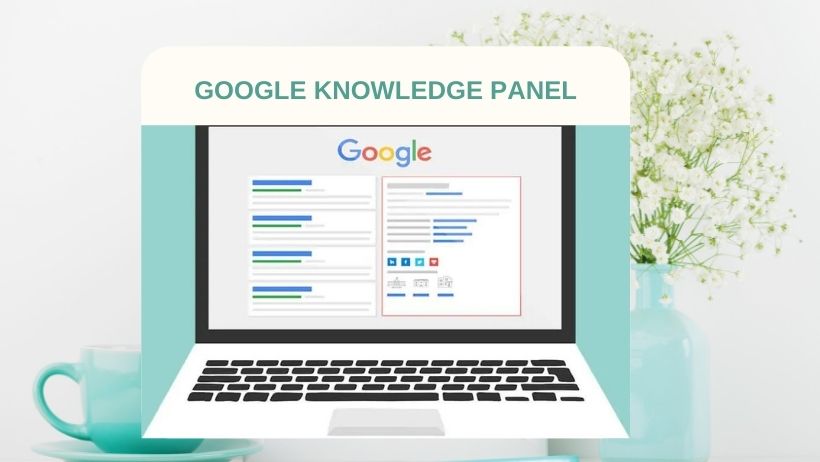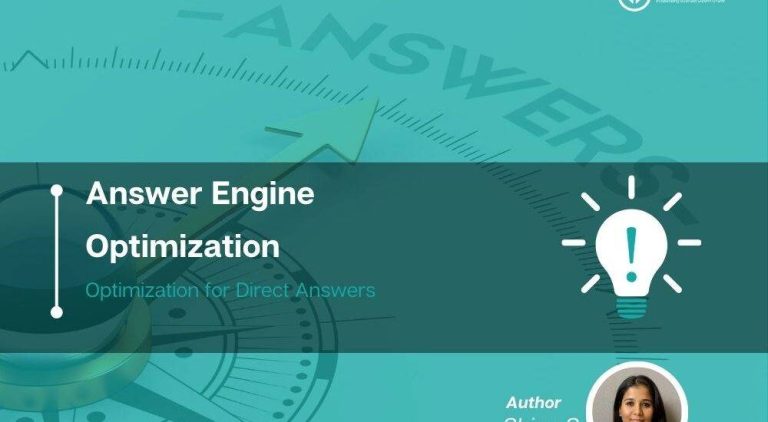
In the ever-evolving world of search, one trend has become increasingly dominant: zero-click searches. As users demand faster and more efficient access to information, search engines like Google have adapted by delivering answers directly on the search results page (SERP). This shift is reshaping how businesses approach SEO, making zero-click optimization a critical component of modern digital marketing.
This article explores what zero-click optimization is, why it matters, and how you can implement it effectively to stay ahead in 2025 and beyond.
What Is Zero-Click Optimization and Why It Matters
Zero-click optimization refers to the practice of structuring content so that it appears directly in search engine results without requiring users to click through to a website. These results include featured snippets, knowledge panels, People Also Ask (PAA) boxes, and other rich snippets that provide immediate answers to user queries.
The significance of zero-click optimization lies in its ability to capture attention and build brand authority even when users don’t visit your site. While this may seem counterintuitive for marketers who traditionally focused on driving traffic, the reality is that zero-click visibility is becoming a key indicator of relevance and trustworthiness.
According to recent studies, over 65% of mobile searches result in no clicks, and 12% of search requests are satisfied through sponsored snippets. Local packs also account for 25–40% of searches with the phrase “near me.” These trends underscore the importance of optimizing for zero-click results to maintain visibility and authority in the evolving search landscape.
How Zero-Click Optimization Impacts SEO Performance
Zero-click optimization has a profound impact on several aspects of SEO:
1. Increased Visibility
Even if users don’t click through, your brand name and content still appear in the prime real estate of the SERP. This exposure helps build brand awareness and loyalty, which can lead to future interactions.
2. Enhanced Brand Authority
Appearing in featured snippets or knowledge panels signals to both users and search engines that your content is authoritative and trustworthy. This can significantly boost your brand’s credibility and influence.
3. Improved Search Intent Alignment
Zero-click optimization requires a deep understanding of user intent. By creating content that directly answers questions, you align with the needs of your audience and increase the likelihood of being featured in zero-click results.
4. Better Voice Search and AI Integration
With the rise of voice assistants like Google Assistant, Alexa, and Siri, as well as AI-driven search experiences like Google SGE (Search Generative Experience), optimizing for zero-click results becomes even more crucial. These platforms often pull information from featured snippets and PAA boxes, making them essential for modern SEO strategies.
Step-by-Step Implementation Framework
To effectively implement zero-click optimization, follow this structured approach:
1. Define or Audit the Current Situation
Start by identifying which keywords and topics currently drive traffic to your site. Use tools like Ahrefs, SEMrush, or Google Search Console to analyze performance and determine which queries are most likely to result in zero-click interactions.
2. Apply Tools, Methods, or Tactics
Optimize your content to target featured snippets, PAA boxes, and other zero-click features. Here are some actionable steps:
– Use schema markup to help search engines understand your content better.
– Create FAQ sections with concise, conversational answers.
– Structure content with H2/H3 headings to make it easier for search engines to extract key points.
– Focus on long-tail keywords that match user intent and are likely to appear in zero-click results.
3. Measure, Analyze, and Optimize
Track the performance of your zero-click optimization efforts using metrics such as impressions, clicks, and brand searches. Tools like Moz, SERPstat, and Google Analytics can help you monitor progress and identify areas for improvement.
Real or Hypothetical Case Study
Consider the case of a local SEO agency that implemented zero-click optimization strategies. By focusing on local keywords, claiming their Google Business Profile, and optimizing for PAA boxes, they increased their visibility in local search results. Over six months, their branded search volume grew by 40%, and their presence in local packs improved significantly. Although their organic traffic remained stable, their brand authority and customer trust increased, leading to higher conversion rates.
Tools and Techniques for Zero-Click Optimization
Here are some of the most effective tools and techniques for zero-click optimization:
- Schema Markup: Use structured data to enhance your content’s visibility in rich snippets and knowledge panels.
- FAQ Schema: Helps your content appear in PAA boxes and answer direct questions.
- Google My Business: Essential for local SEO and ensuring your business appears in local packs.
- SurferSEO: A powerful tool for keyword clustering and semantic scoring.
- AnswerThePublic: Helps identify common questions and topics related to your niche.
- SEMrush: Offers insights into featured snippets, PAA boxes, and competitor analysis.
Future Trends and AI Implications
As AI continues to shape the search landscape, zero-click optimization will become even more critical. With the rise of generative AI models like Google SGE and Bing Copilot, search engines are increasingly relying on AI-generated summaries and conversational answers. This means that brands must not only optimize for traditional search features but also ensure their content is structured to be recognized and featured in AI-driven results.
To stay ahead, focus on:
– Creating high-quality, authoritative content that addresses user intent.
– Leveraging AI tools to analyze and optimize content for semantic relevance.
– Continuously updating and refining your content strategy to align with evolving search trends.
Key Takeaways
- Zero-click optimization is about providing answers directly in the SERP, even if users don’t click through.
- It enhances brand visibility, authority, and trust, making it a valuable strategy for modern SEO.
- Effective implementation involves schema markup, FAQ optimization, and content structuring.
- The future of SEO will be heavily influenced by AI, making zero-click optimization a must-have for any forward-thinking marketer.
Meta Title: Zero-Click Optimization — Provides Answers Directly in SERPs
Meta Description: Learn how zero-click optimization works, why it matters, and how to implement it to boost your SEO strategy in 2025.
SEO Tags: #ZeroClickOptimization #SEO2025 #FeaturedSnippets #VoiceSearch #LocalSEO
Internal Link Suggestions:
– [Parameter #1: Search Intent Alignment]
– [Parameter #7: Semantic Keyword Mapping]
– [Parameter #18: Storytelling Integration]
External Source Suggestions:
– https://www.google.com/search-operators
– https://search.google.com/
– https://www.screamingfrog.co.uk/









